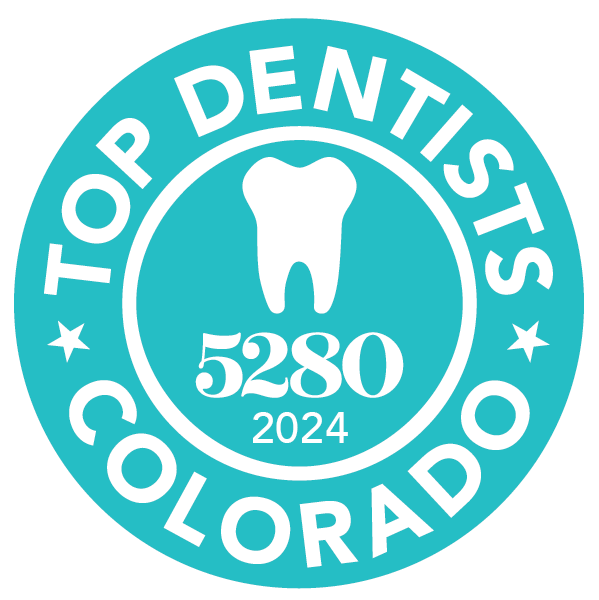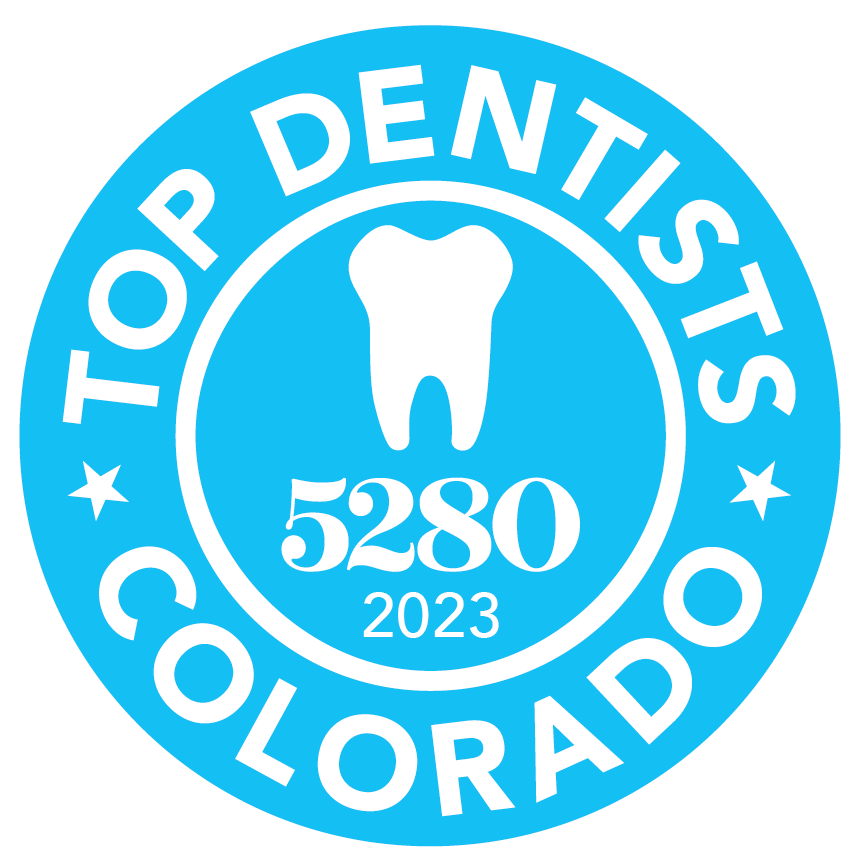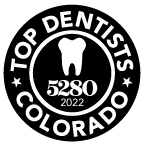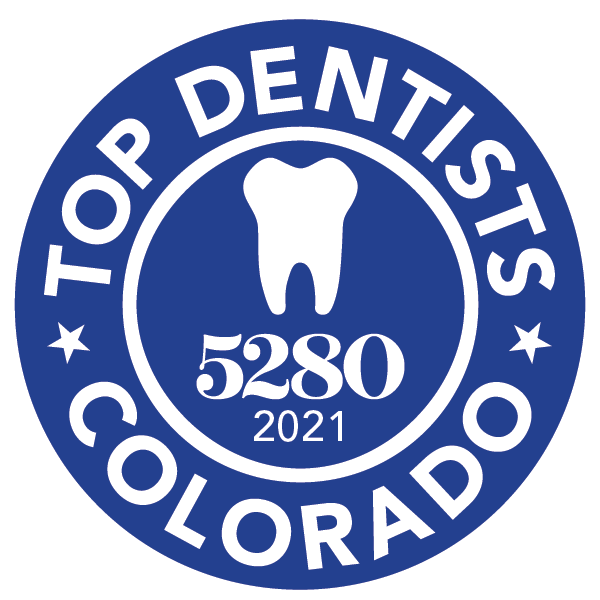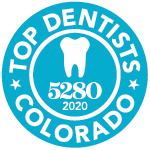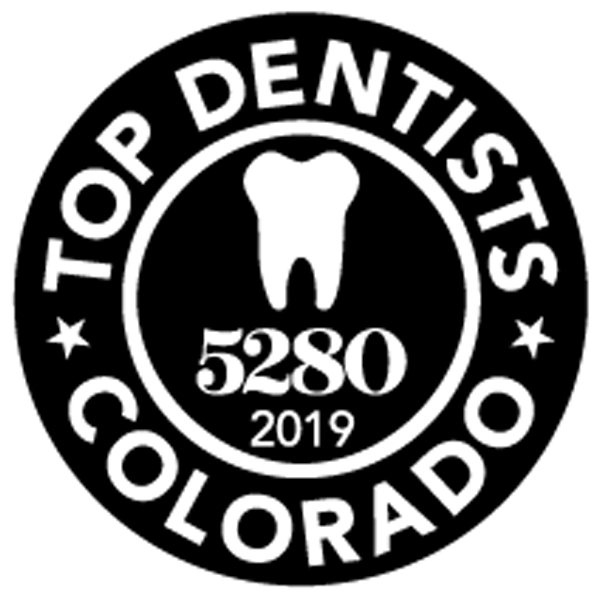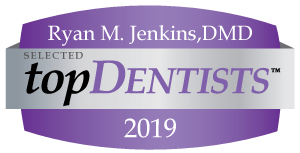Advanced stages of gum & periodontal disease can eventually lead to soft tissue, bone, and tooth loss if not properly and promptly treated. In the earlier stages of gum disease, Dr. Jenkins will likely be able to use a non-surgical treatment to reverse gum disease and periodontitis. However, once the bone tissue has been lost, it will not be able to heal or repair itself on its own. In this case, surgical treatment will be required.
Bone regeneration is one of the surgical options available to you. This procedure completed around teeth is known as guided tissue regeneration or GTR. GTR helps your body regenerate bone and tissue around your teeth that was lost due to your periodontal disease. This procedure is done to protect and retain existing teeth and the tissues that hold the teeth in place. The success of this treatment is dependent on many factors, and Dr. Jenkins will determine whether or not it can be utilized as a treatment option in your case.
Additionally, bone regeneration can help patients who are missing teeth and need dental implants but have a deteriorated jawbone. This procedure is known as guided bone regeneration or GBR. GBR increases the quantity of bone for dental implants and helps strengthen the jaw in preparation for dental implant surgery. This surgical procedure is discussed in further detail under ridge augmentation.
How Bone Regeneration Works
There are two different types of bone regeneration used to heal and treat periodontal disease:
- Guided Bone Regeneration (GBR) – The first step in bone regeneration is removing all the plaque and tartar beneath the gum line. Once your mouth is clean, biocompatible membranes are placed in between your gum tissue and bone, which will serve as a barrier. These membranes will prevent the gum and bone tissue from growing into one another, encouraging new bone to grow. Guided bone regeneration is used to regenerate lost bone to support dental implants.
- Guided Tissue Regeneration (GTR) – While this procedure is much like guided bone regeneration, GTR is used to restore lost bone and attachment tissues around teeth that were lost due to periodontal disease. This includes damaged periodontal ligaments, periodontal structures, and connective tissue attachments.
To make an appointment to determine if you’re a good candidate for bone or tissue regeneration, please don’t hesitate to contact Littleton Implants & Periodontics, located in beautiful Littleton, Colorado.
